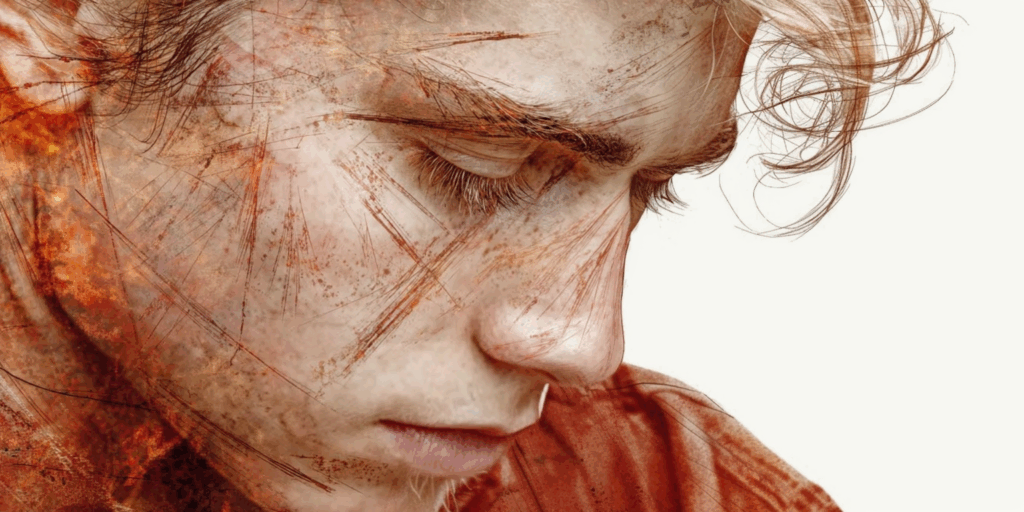The Creative Way
If aliens ever land on Earth, they will be amazed by many of our strange behavioral traits. For example, our deep desire to kill each other, which has existed for thousands of years. Many emperors, kings, and princes have told us that we must do this, because only then can we all be happy. As already mentioned, humans are a bit strange.
Today, we won’t be talking about murder and manslaughter, but about the creative path. Because here, too, we humans are a bit peculiar.
What do many creative people dream of?
They dream of having no other obligations and being able to devote themselves to their creative projects all day long, free from distractions.
It sounds logical. Let’s say eight hours of creative work every day, money is no object, there are no problems we need to worry about. Then everything would be perfect.
We would be happy and content. And we would be successful. We would be incredibly successful! Eight hours of creativity every day! New novels, new films, new images—it would be fantastic!
Where is the flaw in this thinking? There are at least two.
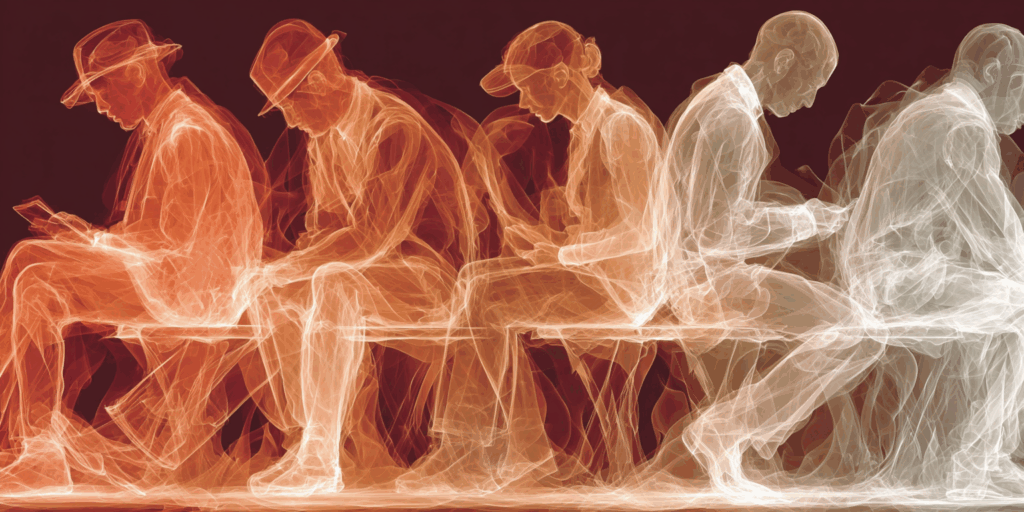
First: Humans are not robots
A robot can weld metal parts in a factory for hours on end without any problems. A robot does not get tired, it does not get bored, it does not get distracted.
A human being cannot simply switch their creativity on and off. Here is your desk! Your creative shift starts now! In eight hours, you can get up again!
That sounds more like a prison than a creative workplace.
We get tired, we have other problems in our lives, we need breaks.
Second: Creativity at the touch of a button
Of course, it is possible to work on a project for many hours during creative phases. In principle, having a lot of time for your own creativity is not a bad thing. But what if we have a phase in which we are not creative or are otherwise distracted?
Then “freedom for creativity” quickly becomes a nightmare. Let’s take a look at a calendar like this together.
Monday: I couldn’t think of anything. No new ideas.
Tuesday: I couldn’t think of anything. No new ideas.
Wednesday: I couldn’t think of anything. No new ideas.
Thursday: I couldn’t think of anything. No new ideas.
Friday: I couldn’t think of anything. No new ideas.
And next week, it starts all over again. Pure horror.
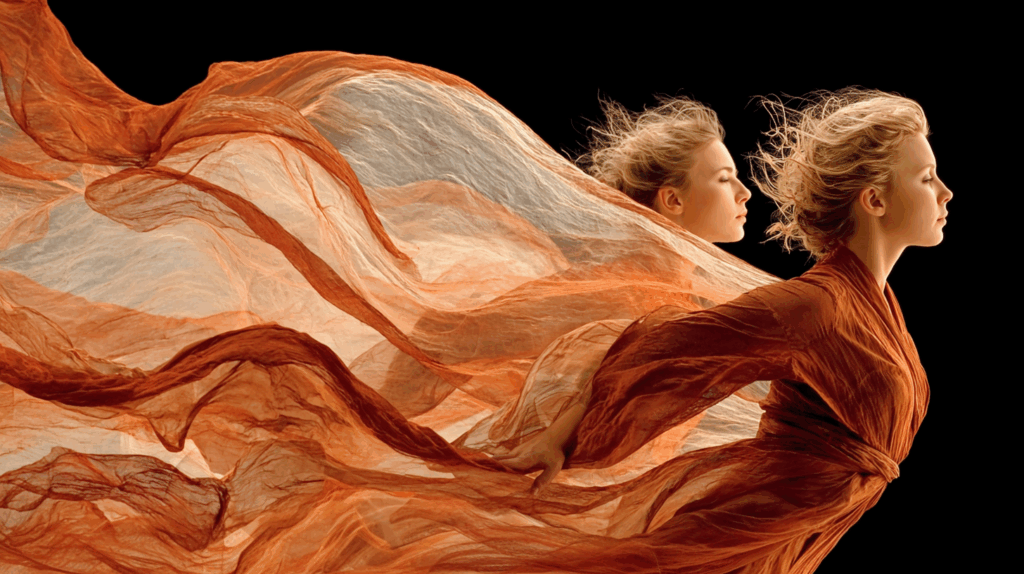
The solution: reduction and variety
So how can we stay creative for a long time? How do we avoid the “creative slump”? How can we avoid losing our joy in creativity?
1. Short, creative work
As strange as it may sound, it’s better to limit the amount of time you spend on creative work. To put it in dramatic terms, we should even forbid ourselves from thinking about our creativity outside of working hours.
Find one or two blocks of time in your day when you can schedule time for your creative work. You are ONLY allowed to work during these blocks of time. Of course, if you have an idea, you can write it down outside of these blocks. But just write it down, don’t work on it.
Why does this work? If you work creatively all day long, you demand that your brain and your creative energy be ready all day long. But you won’t be able to keep that up. You’ll just burn up a lot of energy. And you will also reproach yourself for every minute that you are not being creative.
Constant creative work is not possible. You would only wear yourself out bit by bit.
Let’s compare it to training at a gym: You go to the gym for an hour every day. During that hour, your muscles are challenged, but for 23 hours a day, your muscles can recover. This is how real growth is possible. The body has enough time to regenerate. If you train for eight hours every day, you would only ruin your body.
The same applies to learning new skills. It is better to learn a little bit of the new software or language every day than to study for hours every day.
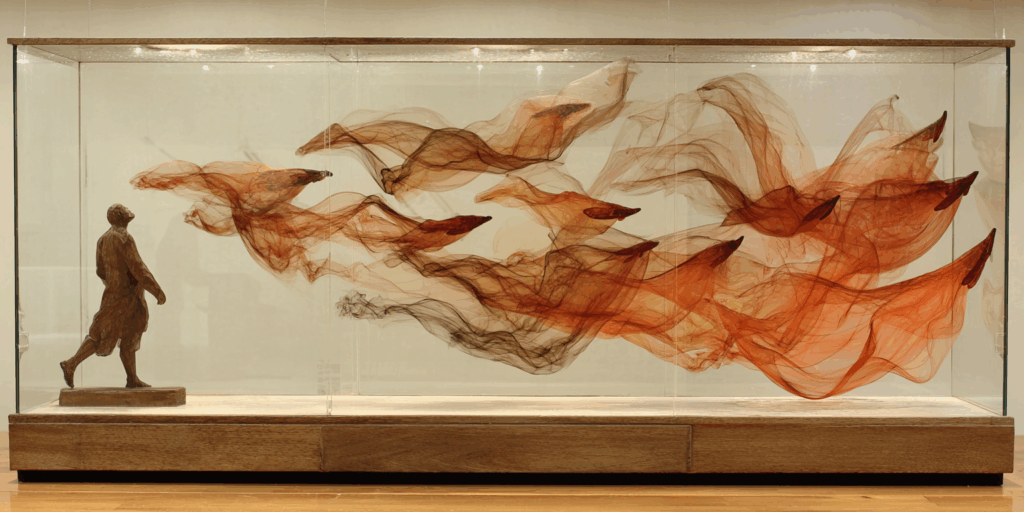
2. Look forward to creative work
If you limit your time to the blocks mentioned above, you can look forward to this time. There is the normal everyday life. But every day there is also time for an exciting adventure. You are ALLOWED to work creatively.
When you have finished your hour, or your two or three hours of creative work, you have a SUCCESSFUL EXPERIENCE.
Very good, today I have created something new again. Today I have taken another step on my creative journey. Motivation! Positive feelings! That is what we want in our lives.
3. Another job
At first glance, this also seems counterproductive. Wouldn’t it be better to concentrate on just one job, one project?
It can happen that we don’t make any progress in our own creative work. There are times when our creativity cannot unfold freely. A working day has passed, but our project hasn’t moved forward at all. Several days like this can develop into a real crisis.
If we have a second job, another challenge or a different hobby, it helps us to live a more balanced life.
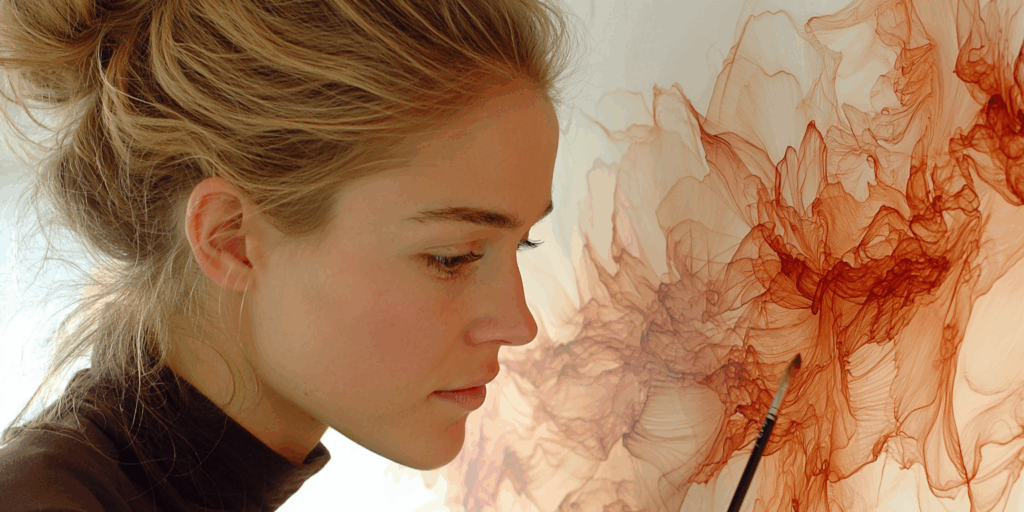
The sources of our creativity
External sources: external stimuli
There is another reason why we should limit our creative work to a few hours a day. This gives us time to absorb other stimuli and creative ideas around us.
This could be anything: music, film, books, theater, science, economics, research. The small, unknown topics are particularly interesting. The rare, the special, the knowledge off the beaten track. Our world is so diverse and fascinating, there is so much to discover. From Sumerian myths to genetic research, from the biographies of Roman emperors to the rise and fall of large companies, there is so much incredible and interesting to discover.
Once again, I ask provocatively: How likely is it that an artist who has only ever consumed mass-produced goods, never done anything special, never shown any real interest in anything, will create something extraordinary?
There are so many extraordinary worlds of thought, philosophies, insights. There are bizarre, crazy, confused, an infinite number of creative impulses for anyone who is curious about other thoughts.
From this diversity, something new can be created.
Every artist should first and foremost be a person who is open to new experiences.
The inner source: time
The second important source of our creativity is simply time. Time to think, time for imagination, time to daydream, time for crazy ideas. Our minds need this time; ideas and dreams grow in this seemingly empty time. From formless, aimless imagination, a new thought, a new creative impulse, a new story develops.
Yes, it sounds good when we talk about how stressed and overworked we are. However, creativity loves calm, timelessness, silence, and solitude.
Waste your time! Dream! Let your imagination run wild! Aimlessly, without ambition.
From “nothing” comes “something new.”
From “no time” comes the new work.
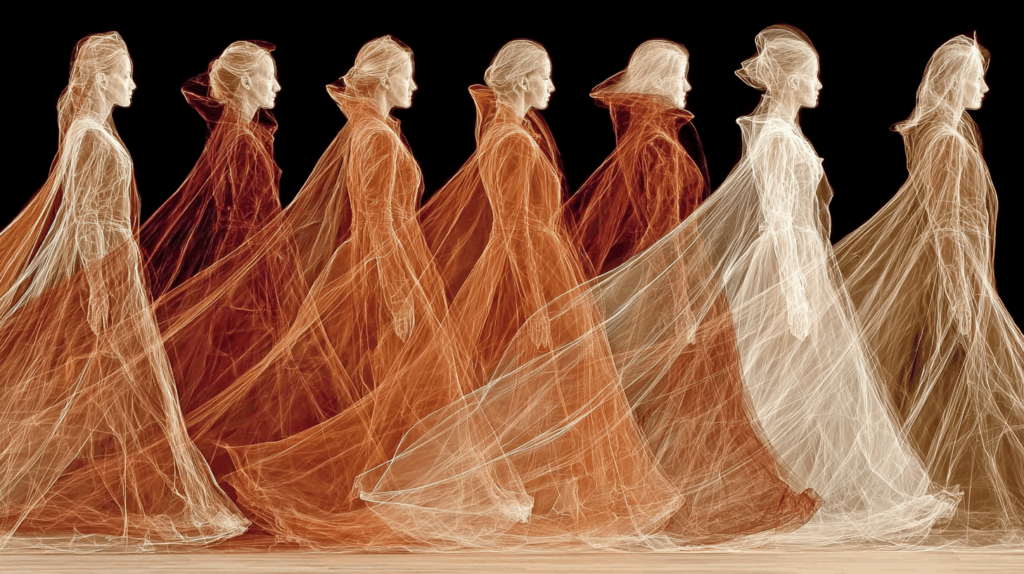
The golden sea: The connection between inside and outside
What is the golden sea? Let’s take a journey of the mind to find out. Let’s travel together.
One thought, one moment, and we have reached our destination. We find ourselves on a sandy beach. It is early evening, and the sun is slowly sinking into the sea.
The sea water in front of us is a mirror of sunset and golden glow. For a few short, precious minutes, we see the golden sea.
The golden sea is the symbol of your creativity. A brief moment, just a few minutes.
A time of transition, of change. The light of the sun colors the endless sea.
Time, transition, energy, transformation, new things. That is creativity.
It cannot be stopped, suspended, slowed down. Creativity arises when you are ready to see, ready for the connection between inside and outside. Light and darkness. Sun and water.
A spark.
A ray of light.
Your thoughts. Your imagination.
The outside and the inside unite.
The spark of light, the spark of your thoughts.
Connection. Cosmos. Creativity.
